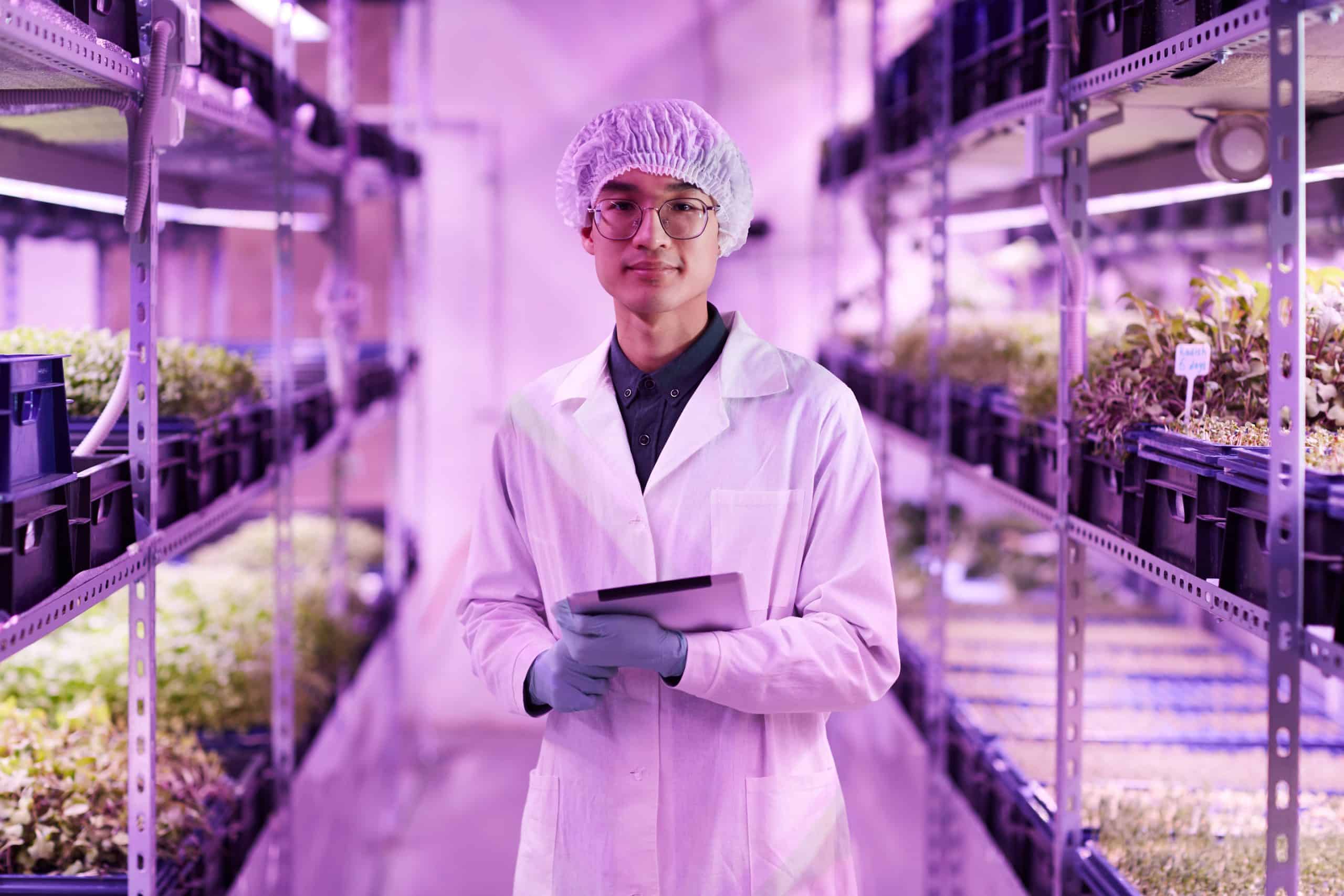As gardening and plant care enthusiasts, you might be thinking about how to create an indoor garden or greenhouse. Indoor greenhouses are rapidly gaining popularity, especially among urban dwellers who lack the luxury of outdoor space. They bring a touch of nature indoors and can radically transform your living space into a beautiful garden oasis. More importantly, they provide a perfect environment for nurturing delicate plants that may not thrive well in your local climate condition. This includes exotic tropical plants, which are more demanding in terms of care and maintenance. So, let’s take a dive into the process of setting up an indoor greenhouse for your exotic plant collection.
Why an Indoor Greenhouse?
An indoor greenhouse offers several advantages for homeowners and plant enthusiasts. For those living in small spaces or apartments, it can be a means of injecting green life into the home, with the added benefit of environmental purification. It can also provide a space for more adventurous gardeners to experiment with growing exotic plant species that would otherwise not survive in their local climate conditions.
Lire également : How to Design a Classic English Garden in a Suburban Backyard?
An indoor greenhouse creates a controlled environment where you can adjust factors like temperature, light, and humidity to meet the particular needs of your tropical plants. You have the power to manipulate these conditions at any given time, enabling you to recreate the natural habitat of your plants and help them thrive.
Selecting the Right Location
The first step to designing an indoor greenhouse is selecting the right location. The location of your greenhouse will largely depend on the type of plants you plan to grow, as different plants have different light and temperature requirements.
En parallèle : What Are the Best Smart Home Devices for Monitoring Indoor Air Quality?
Select a room or area in your house that receives a good amount of natural light. As a rule, south-facing rooms are ideal since they get the most sunlight. However, if natural light is limited, you can supplement with grow lights. Consider the temperature as well. Most tropical plants prefer warm temperatures, so choose a part of your home that is not too cold.
Choosing the Right Greenhouse Design
Next, you need to choose a design for your indoor greenhouse. The design of your greenhouse will also depend on the plants you want to grow, the space available in your house, and your budget.
A cabinet-style greenhouse is perfect if you are tight on space. This design resembles a tall cabinet with glass doors, allowing you to stack multiple plants vertically. However, if you have a spare room, you can transform it into a larger greenhouse.
Remember, your greenhouse should be functional and easy to maintain. Ensure there’s enough room inside for you to move around comfortably while tending to your plants. It also needs to be designed in such a way that it can accommodate grow lights, heaters, or fans if needed.
Creating the Perfect Environment
After you’ve chosen your location and greenhouse design, the next step is to create the optimal environment for your exotic plants. It’s important to ensure that your greenhouse replicates the natural habitat of your plants as close as possible.
For tropical plants, this means a warm and humid environment with plenty of light. Place a thermometer and hygrometer inside to monitor temperature and humidity levels. Install grow lights if natural light is insufficient. Keep in mind that different plants have different light requirements, so make sure to do your research.
Various types of grow lights are available in the market, such as LED, fluorescent, and HID lights. LED lights are highly recommended due to their energy efficiency and broad light spectrum, which is great for plant growth.
Remember, having the right balance of light, temperature, and humidity is critical for the well-being of your plants.
Selecting Your Plants
Now that your indoor greenhouse is ready, it’s time to select your plants. Choose tropical plants that you’re passionate about and ones that will thrive in your greenhouse conditions.
While selecting your plants, consider their growth habit. Some tropical plants can grow quite tall or wide, so be sure you have the space to accommodate their mature size. Also, think about the aesthetic appeal. A mix of different textures, colors, and shapes can make your indoor greenhouse visually appealing.
Finally, remember to give each plant the care it needs. Each tropical plant is unique, and so are their needs. Always research the individual care requirements of each plant species before bringing them home.
Building an indoor greenhouse is indeed a rewarding venture. It allows you to bring a piece of the tropics into your home, creating a unique space that is both aesthetically pleasing and nurturing. With careful planning and design, you can create a lush, thriving indoor garden that is filled with exotic plants, right in the comfort of your own home.
Remember, patience is key when it comes to gardening. Your plants might take a while to adjust to the new environment. But with time and proper care, they will thrive and reward you with lush growth. So, roll up your sleeves and get ready to embark on this exciting journey of crafting your very own indoor tropical oasis.
Assembling and Furnishing Your Greenhouse
With your location, design, and environment firmly in place, assembling your mini greenhouse is the next step. Assemble your greenhouse according to the design layout you have chosen. If you’ve opted for a pre-made greenhouse cabinet, follow the instructions provided by the manufacturer.
For those who’ve chosen a DIY indoor greenhouse, ensure you have all the necessary components before beginning the assembly process. The primary elements you will need include frames (typically made of wood, PVC, or metal), a transparent material for walls and roof (glass or plastic), and shelves or racks for placing your plants.
Once assembled, it’s time to furnish your greenhouse. The interior should be designed to maximize the use of space, light, and air circulation. To achieve this, consider using tiered plant stands or hanging pots. These will allow sunlight to reach every corner of the greenhouse. The IKEA greenhouse collection offers various space-saving solutions you might find helpful.
Insert a heat mat under your seedling trays to aid in germination and install a small fan to promote air circulation. If your living room or chosen location does not naturally maintain a high level of humidity, a humidifier may be necessary to create that tropical greenhouse feel.
For added convenience, you can also automate your setup with timers for lights and watering systems. This way, even if you’re away, your indoor garden will continue to receive the care it needs.
Remember that greenhouse cabinets should be positioned in a way that allows easy access for maintenance and care. Also, leave room for growth – your plants will expand with time and might need additional space.
Conclusion: Tending to Your Indoor Greenhouse
After setting up your indoor greenhouse and carefully selecting your plants, the real work begins – maintenance. Remember, planting an indoor garden is not a one-time activity; it is a journey. Just like in nature, plants grown indoors need regular attention, including watering, pruning, and fertilizing to thrive.
Invest in good quality gardening tools to help you maintain your indoor garden. Keep a calendar or journal to keep track of watering schedules, growth progress, and any pests or diseases. Observing your plants regularly will help you identify any issues early and take corrective measures promptly.
Interior designers often consider indoor greenhouses as a significant aspect of home décor. However, the benefits extend beyond aesthetics. Caring for your indoor garden can be a therapeutic process that also enhances your home’s air quality.
In conclusion, setting up your indoor greenhouse for exotic plants is an exciting endeavor that requires careful planning, patience, and love for gardening. By selecting the right location, designing an optimal layout, creating the perfect environment, and choosing suitable tropical plants, you can transform your home into a stunning, living space that not only brightens up your home but also nurtures your passion for exotic flora.
Always remember, the key to a successful indoor garden is continuous learning and patience. Not everything will go as planned, and that’s perfectly fine. Embrace the challenges as they come and learn from them. After all, the journey is as rewarding as the lush, tropical oasis you’re building. So, as we wrap up, we hope you are now ready to create your own indoor paradise and enjoy the serenity it brings to your home. Let’s go green!






